The land park
The sport centre ArchiMete Sardegna is located in the heart of the Regional Natural Park of Porto Conte, a natural protected area of great value created in 1999. The park covers an area of 5,350 hectares in the territory under the Municipality of Alghero, and presents very varied and unique landscapes. The coastal area is located between Capo Caccia on the western side and Punta Giglio on the eastern side; and is characterized by wide cliff ridges, which fall off into the sea; alternating with less steep stretches of rocks. Instead, the cape hinterland is dominated by soft and small hills where wild animals can often be spotted: from wild boars to deer; from fallow deer to weasels; including hedgehogs and the white donkeys of the Asinara, which can be seen within the state owned forest “Arca di Noè” (Noah’s Ark) at Le Prigionette, a few hundred metres far from the tourist centre ArchiMete Sardegna.
A few kilometres further north is the Baratz lake, the only natural lake of Sardinia and privileged destination of hiking, biking and riding tours, which passes through the area of Porto Ferro. Extending for half a kilometre, it is a real natural outdoor laboratory, thanks to the presence of several species of flora and fauna. On the lake’s shore the flourishing maquis include Cistus, wild rosemary, myrtle, lavender, and strawberry plants; and among the bushes, it’s easy to spot birds like the coot and the wild duck, while tortoises peep out a few inches from the surface of freshwater.
Another reservoir of great naturalistic and historic interest, is the pond of Calich, on the western side of Alghero, near Fertilia. The pond is inside the area of the regional park of Porto Conte and represents an ecosystem for different plants and faunal species. The Roman bridge stands out, and is, along with the Roman villa of Sant’Imbenia, one of the few ruins left of the Imperial Age.
We must go back about 6000 years, to the Neolithic age, to get an idea of the history of the Alghero territory. The area is full of stunning historical and archeological finds, dating back to the Prenuragic and Nuragic ages, like the hypogean necropolises of Santu Pedru (Saint Peter) and Anghelu Ruju (Red Angel, or rather the Devil), as well as the Nuragic villages of Palmavera and Sant’Imbenia; all places which are easily reachable from the tourist centre, ArchiMete Sardegna. Specifically, in Sant’Imbenia, during the Ninth century B.C., Phoenicians established an important commercial port by exploiting the natural shelter of the inlet of Porto Conte and the presence of freshwater springs.
Alghero (L’Alguer)
.
Click on the image or here to enter the gallery
.
With 44 thousand inhabitants, it is the fifth most populated town in Sardinia. It is known all over the world as “Barceloneta”, meaning little Barcelona, because of its Catalan origins. Over the centuries, Alghero has been conquered numerous times; but it’s only as of the eleventh century, that its most recent history gets written. First, the foundation of the ancient village by the Doria, a noble family from Genoa; then a series of attempted conquests. The unsuccessful conquest attempt by the Pisans in 1283 was, instead, followed by the conquest of the area by the Catalans in 1353. Led by Peter IV of Aragon, nicknamed “The Ceremonious”, he conquered the town, thanks also to a famine and an epidemic plague which had weakened the area. This would mark the beginning of the Catalan influence, which would continue in time, despite the ruling of other conquerors. In the second half of the Fourteenth century, the crisis of the Aragon Kingdom allowed the “Giudicessa”, Eleanor of Arborea, and her husband, Brancaleone Doria, to conquer Alghero again. Then, the Spanish and the Savoia rulings followed in 1720. However, the Catalan culture had already entered into the DNA of this town, insomuch as the ancient version of Catalan is still spoken by the population today and still influences customs. Even public acts, roads signs, and the names of squares are both in Italian and Catalan, so that Alghero is considered to be a linguistic island: 35% of its inhabitants speak Catalan in an Alghero variation, resulting in a minor language recognized by the Italian Republic and the Sardinia Region.
Alghero is the chief town of the “Riviera del Corallo” (Coral Riviera), because of the huge quantity of red coral of the finest quality present in the seabed of the roadstead, and the coast which leads up to Capo Caccia. A natural and economic heritage which gave life to an out-and-out district specialized in the handcrafted processing of this organism. In the striking historical centre of Alghero, there are many laboratories and goldsmith’s shops where tourists have the opportunity to admire stunning masterpieces in coral and see the tricky stages of the processing. The “coral tour” is one of the experiences that those coming to Capo Caccia and Alghero cannot absolutely miss out on!
Food & Culture
Click on the image or here to enter the gallery
.
Food & Culture: a mix that belongs to Italy. In particular to Sardinia, the cradle of nuragic civilization, but also of wonderful typical products manufactured by skilled craftsmen: winemakers, shepherds, butchers, fishermen, artisans of wood, metal, stone, leather and thousand other raw materials offered by the land of Sardinia.
winemakers, shepherds, butchers, fishermen, artisans of wood, metal, stone, leather and thousand other raw materials offered by the land of Sardinia.
Wine, cheese, olive oil, salami, bread, friendship and joy are the tasty toppings of a tour that combines the cultural aspects of the north-west Sardinia to the culinary tradition of the island.
Aboard a comfortable air-conditioned minibus we discover the main archaeological sites inside and around the Regional Nature Park of Porto Conte. Such as the necropolis of Anghelu Ruju, the Nuraghe Palmavera, the promontory of Capo Caccia (Unesco heritage) and the Nature Park of Porto Conte. Its headquarters offers a botanical garden and nature trail, and a museum dedicated to the old penal colony of Tramariglio.
The tour alternates cultural moments to visits to famous local wineries, farms and dairy laboratories where tastings of typical products are not an option, but a real must!
The tour starts from Alghero (participants are picked up directly at the accommodation) and lasts half day.
The natural setting of Alghero
From the enchanting seabed to the Caribbean coasts; from the plain rich in vegetation and Mediterranean maquis, to the mountains which are perfect for unforgettable day trips. The territory of Alghero offers every kind of amusement, in close contact with the most wild and uncontaminated nature. The visitor’s eye is caught by the promenade of Alghero and by the unmistakable tortoise-like outline of Capo Caccia, a primary place of naturalistic and cultural interest, which is the heart of two reserves: the Marine Protected Area of Capo Caccia-Isola Piana and the Regional Natural Park of Porto Conte.
.
.
.
.
.
.
.
.
.
.
.
Territory
We are located in the heart of the Marine Protected Area of Capo Caccia-Isola Piana and the Regional Natural Park of Porto Conte, directly looking out over the pebble beach of the Tramariglio bay. An out-and-out naturalistic, environmental, and well-positioned paradise, since the many diving, snorkeling and land tour points of the two natural reserves can easily be reached from the bay, which is well-sheltered from the winds and rough seas.
Therefore, the proximity to the town of Alghero, is an explicit invitation to organize a fascinating tour among the historical and cultural treasures of the ancient Catalan town.
The marine protected area
- Capo Caccia, west coast, and the entrance to the Nereus cave
- The entrance of the big bay of Porto Conte. In the background Capo Caccia
- Dolphins at Capo Caccia
- The coast along the bay of Porto Conte and one of the Spanish towers
The tourist centre ArchiMete Sardegna is located in the heart of the Marine Protected Area of Capo Caccia-Isola Piana; a protected reserve created in 2002 with the aim of protecting the natural and faunal heritage, which is unique in the world. Here, in fact, there is the highest concentration of underwater caves in the Mediterranean sea, which were a privileged refuge for monk seals until a few decades ago. Stunning and scenic ravines, rich in underwater flora and fauna, can easily be visited by groups of divers (however, a local diving guide must always be present). The marine area includes the fjord of Porto Conte, which reaches from Punta delle Gessiere on the northern-western side, across to the southern-eastern coast starting at Punta Giglio; ending up at the cape. The area is characterized by imposing chalky capes which rise up from the sea, and which are perfect shelters for birds like the Corsican gull, the Cormorant and the Rare Griffon; a bird which can reach a wingspan of around 3 metres. The marine area is divided into three areas; the “A” area is a full reserve where all activities are forbidden; while in the “B” and “C” areas, transit, diving, snorkeling, and fishing, with the required permit, are allowed.
The creation of the marine protected area meant a real turning point for the repopulation of the entire submarine world of this area.
Fauna: The marine protected area of Capo Caccia-Isola Piana has a fauna heritage which is unique in the world. The geo-morphological characteristics of the territory, specifically cliffs and chalky rocks, encourage the colonies of species such as sponges, lithophagous molluscs, and gorgonians belonging to the Eunicella and Paramuricea clavata species, including the scenic red and violet gorgonian which, in this part of Sardinia, finds its perfect habitat. Also the famous red coral (Corallium rubrum), finds the best conditions to root and grow here, and can easily be spotted in several caves, even at depths which are not so extreme (there are numerous colonies already at 5 metres in depth). A precious resource from a naturalistic standpoint, since coral is a very good environmental indicator; but also for the local economy, which has created a district for the hand-crafted processing of this organism which is unique in the world. This very important and historical element is also represented on the coat of arms of the Municipality of Alghero.
Waters and Caves of the marine protected area are also the perfect habitat for the Mediterranean spiny lobster (Palinurus elephas), companions on every dive in this area; for the red shrimp (Parapandalus narval), and clawed lobsters (Homarus gammarus); and for cicadas (Scyllarides latus) and crabs (Maja squinado). In the meadows of Neptune grass, (Posidonia oceanica) it is easy to spot funny sea horses (Hippocampus) and Pinna nobilis, in addition to cuttlefishes and bottom fishes like gobies, blotched picarels, blennies, marithes, green wrasses and mullets. Instead, the Necton environment offers close encounters with big pelagic fishes such as breams, sea basses, sea breams, groupers, sunfishes, congers and barracudas; the latter is easy to spot when returning from a dive. The protected area of Porto Conte and the steep coast of Capo Caccia are also an irresistible call to big cetaceans, like dolphins and grampus, which are easy to spot early in the morning.
Instead, cliffs and rocks which rise up from the sea, are the privileged refuge of several species of marine birds, like the Corsican gull (Ichthyaetus audouinii), the shag (Phalacrocorax aristotelis), the Cory’s shearwater (Calonectris diomedea), the shearwater (Puffinus puffinus) and the storm petrel (Hydrobates pelagicus).
Flora: The area protected by the Regional Natural Park of Porto Conte presents rich and flourishing greenery, and maquis, which alternate with forests of oaks (Quercus ilex); often rising up from the sea. The underwater world is rich in several species of brown and green algae, while sandy sea beds are dominated by meadows of Neptune grass (Posidonia oceanica). The nearest stretches of coast close to the river, on the contrary, see the flourishing of algae belonging to the Caulerpa and Cymodocea families.
La vacanza del futuro è appena nata, benvenuti
ArchiMete, un po’ come il grande genio e inventore Archimede.
Non sembri irriverente, ma ci siamo proprio ispirati a lui per dare il nome alla nostra attività specializzata nel settore del turismo attivo e dinamico. “Archi” come archeologia, storia, cultura e “Mete” come le destinazioni e avventure cercate e desiderate.
Il motivo di tutto questo è semplice: offrire al turista l’opportunità di crearsi una vacanza “geniale”, quella che soddisfa il più possibile le aspettative di ciascuno.
Un sogno, direte voi… Partiamo avvantaggiati, perché questo sogno è già in parte realtà: il centro turistico ArchiMete, infatti, opera nel nord ovest della Sardegna, terra già di per sé sinonimo – a pieno titolo – di natura incontaminata, bellezze storiche, archeologiche e culturali. Per non parlare, poi, della gastronomia sopraffina, puntino sulla “i” di ogni vacanza che si rispetti.
ArchiMete si trova al centro dell’incantevole Baia di Tramariglio, nel cuore di due riserve naturali, una terrestre e l’altra marina: il Parco regionale di Porto Conte e l’Area marina protetta di Capo Caccia-Isola Piana.

Other informations
Search
Category
Tag Cloud
Archive
Febbraio 2022 (1)
Gennaio 2018 (1)
Maggio 2016 (1)
Gennaio 2016 (1)
Giugno 2015 (1)
Marzo 2015 (1)
Febbraio 2015 (1)
Ottobre 2014 (1)
Maggio 2014 (1)
Gennaio 2014 (1)
Ottobre 2013 (1)
Giugno 2013 (1)
Aprile 2013 (1)
Marzo 2013 (1)
Dicembre 2012 (1)
Settembre 2012 (1)
Agosto 2012 (1)
Febbraio 2012 (1)
Gennaio 2012 (2)
Dicembre 2011 (3)
Novembre 2011 (2)
Archimete 2.0

Questo opera è distribuito con licenza Creative Commons Attribuzione - Non commerciale - Condividi allo stesso modo 3.0 Unported.




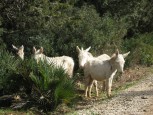
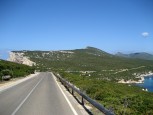

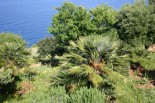
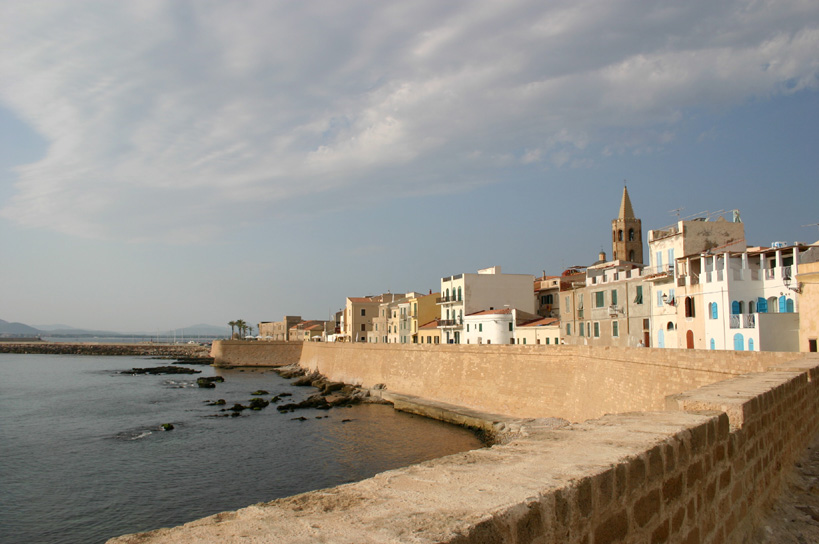
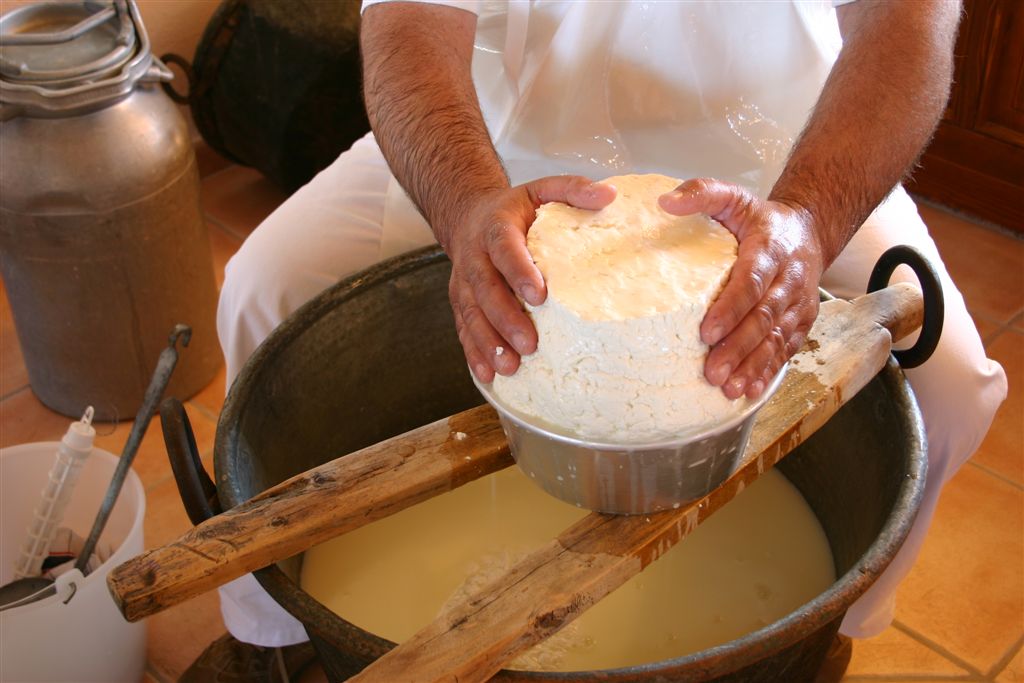










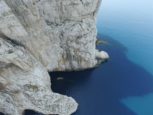
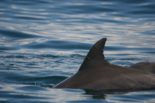

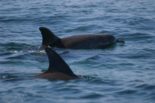


 RSS Blog
RSS Blog





